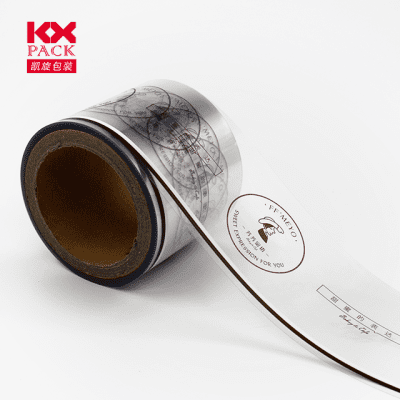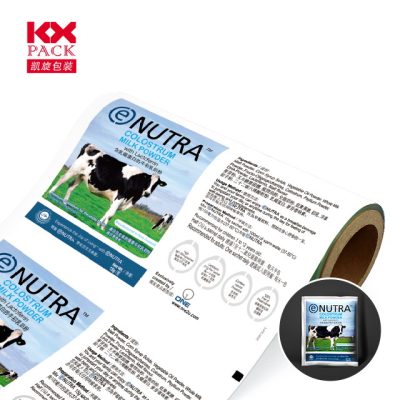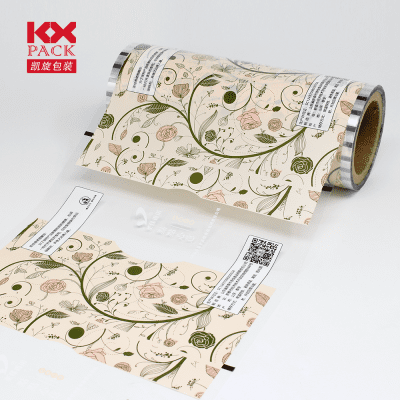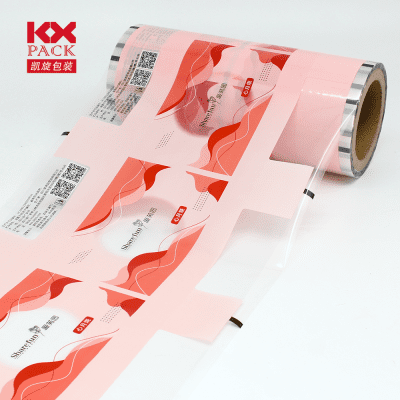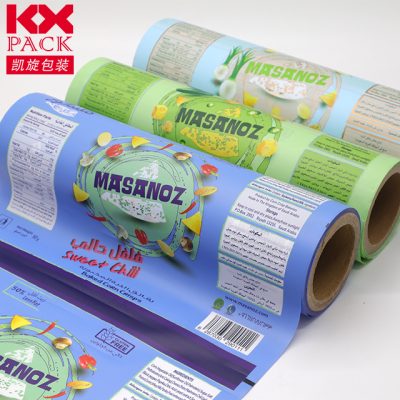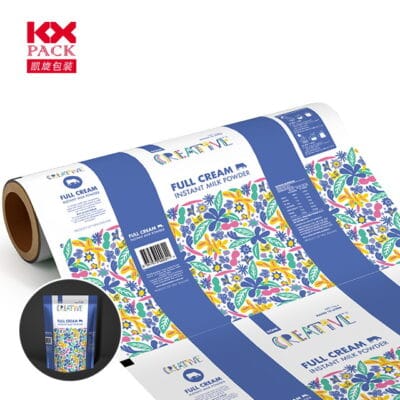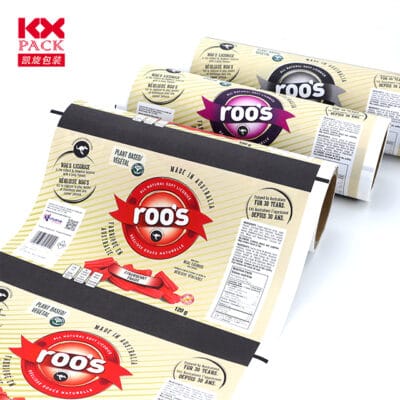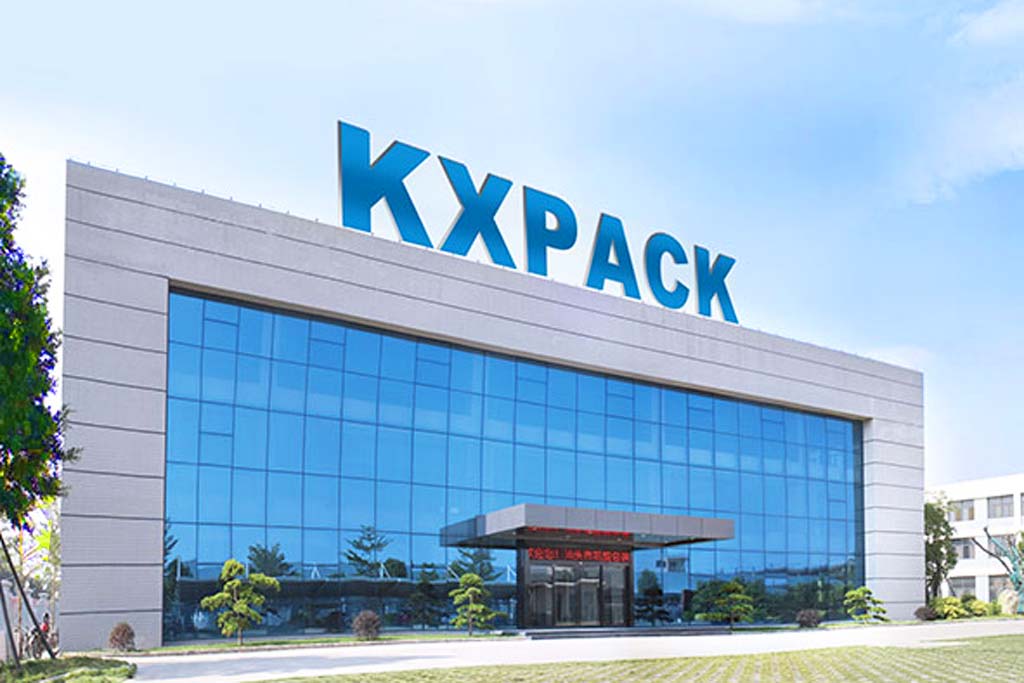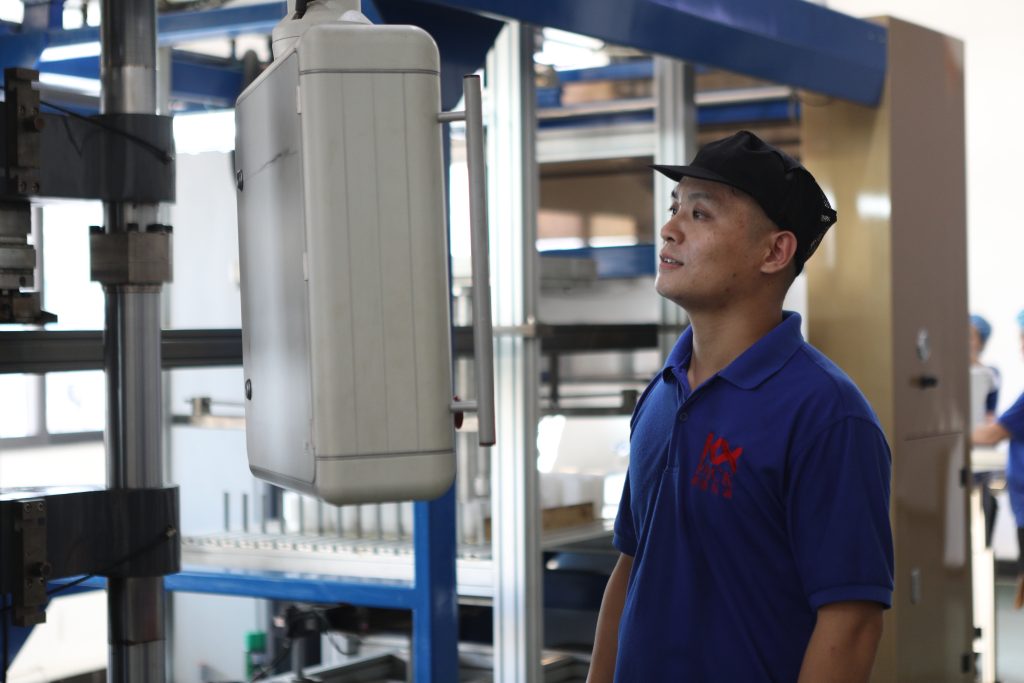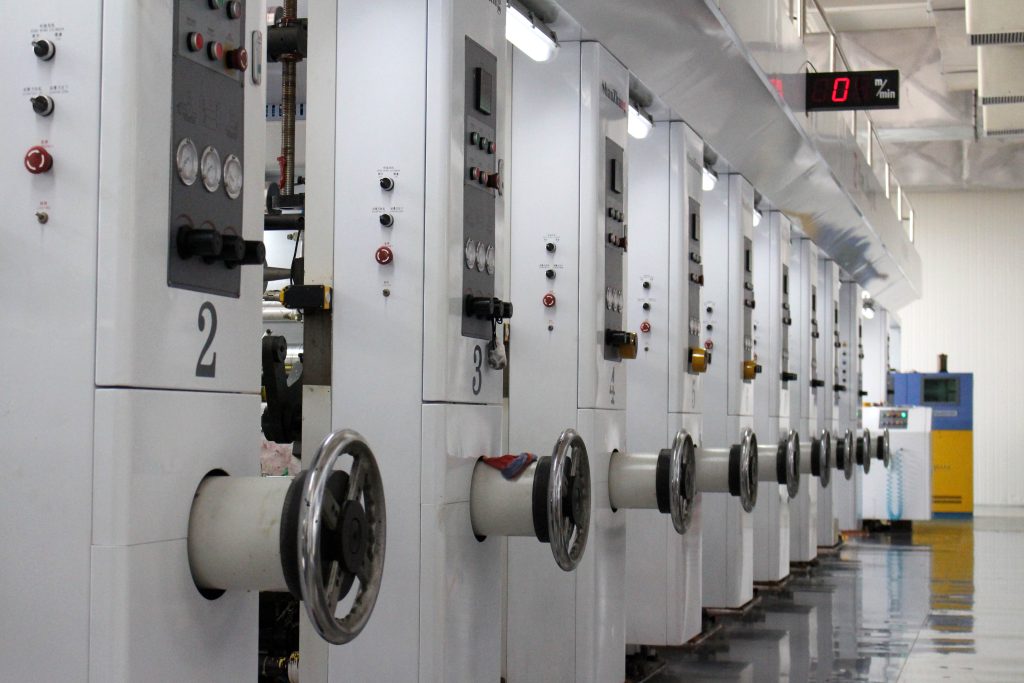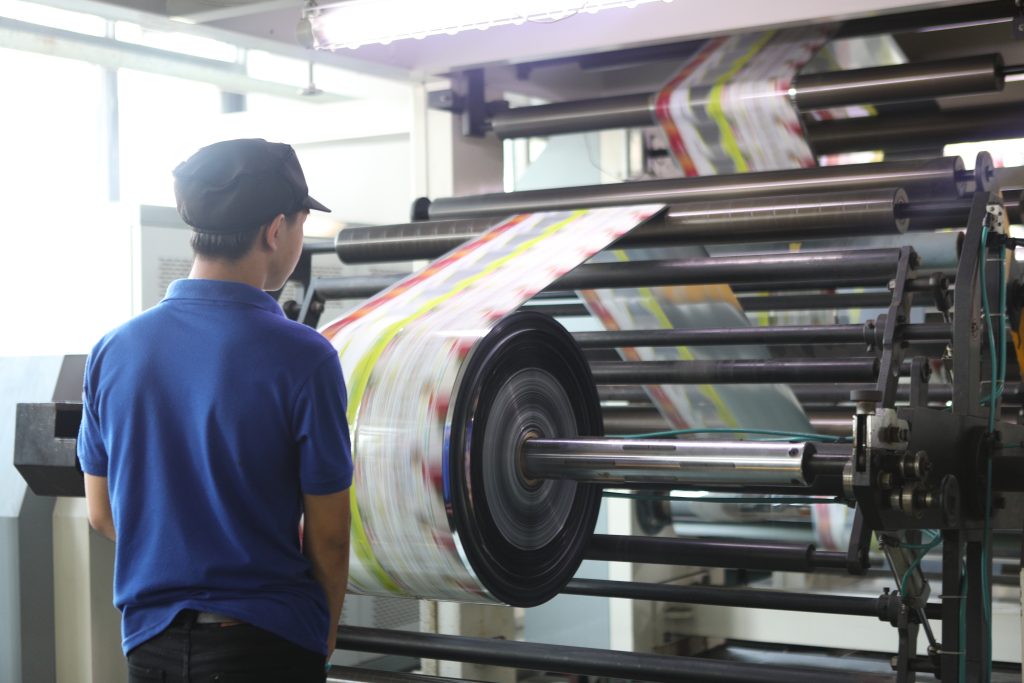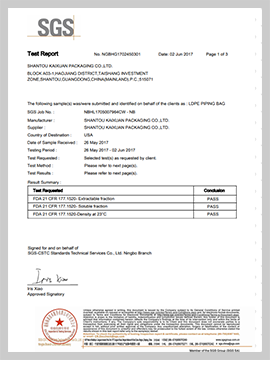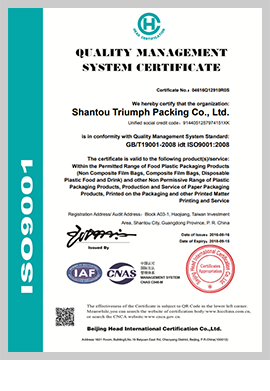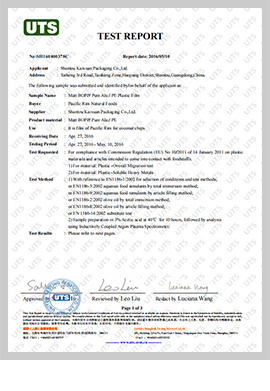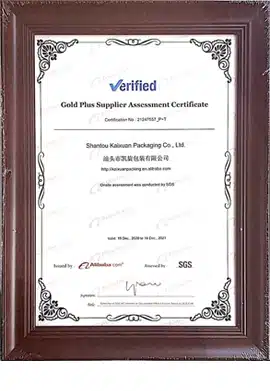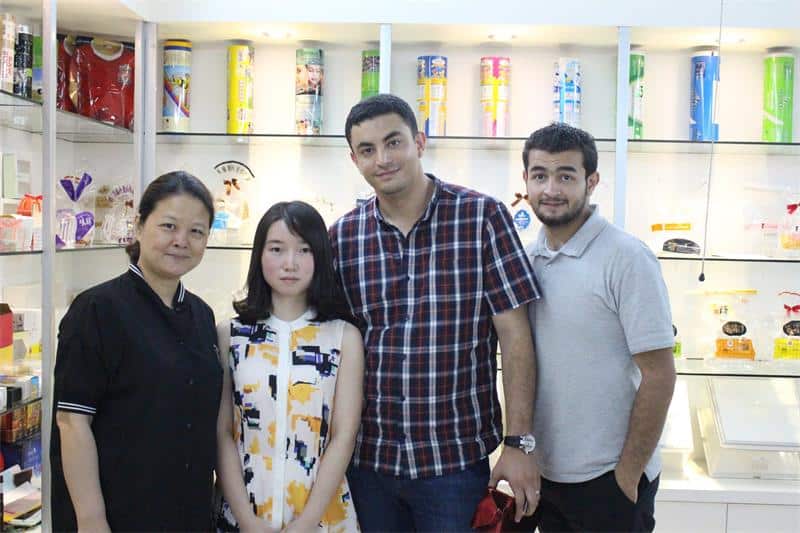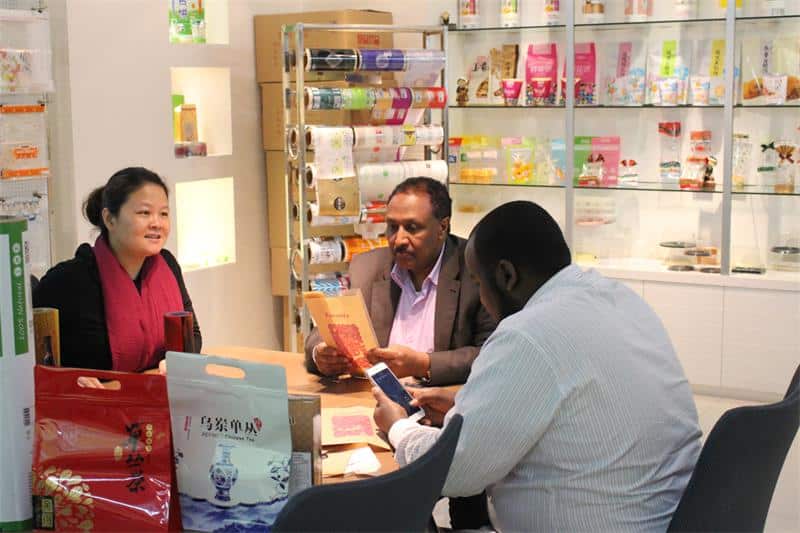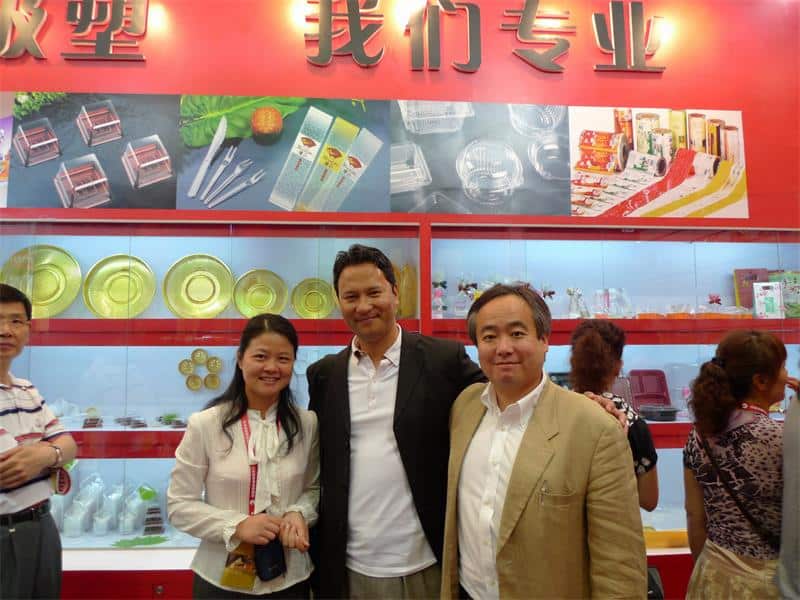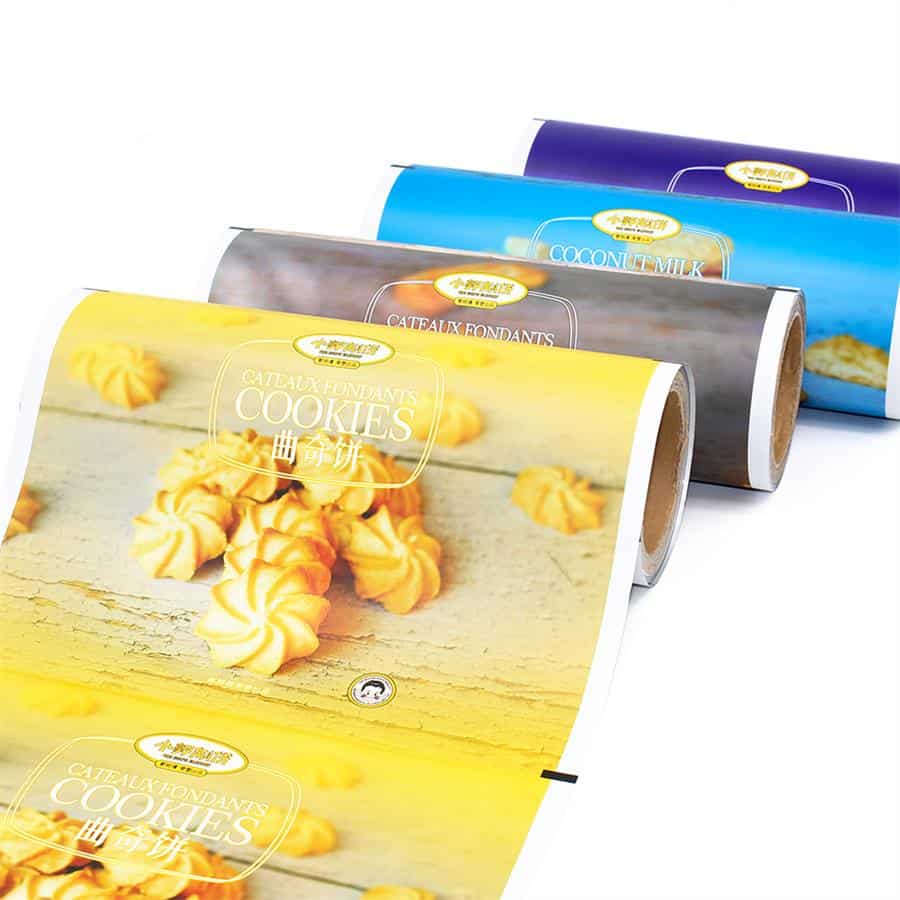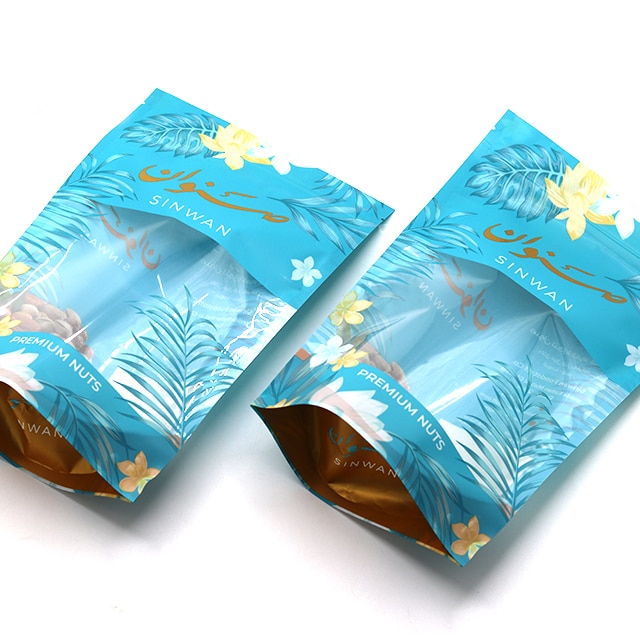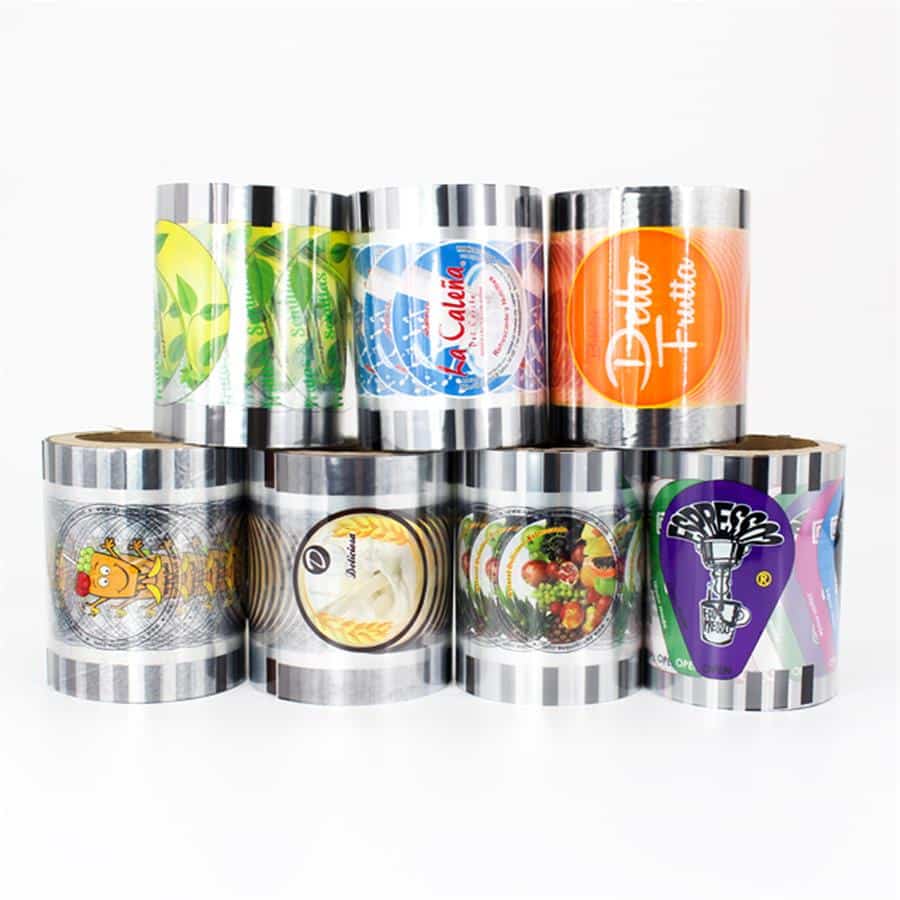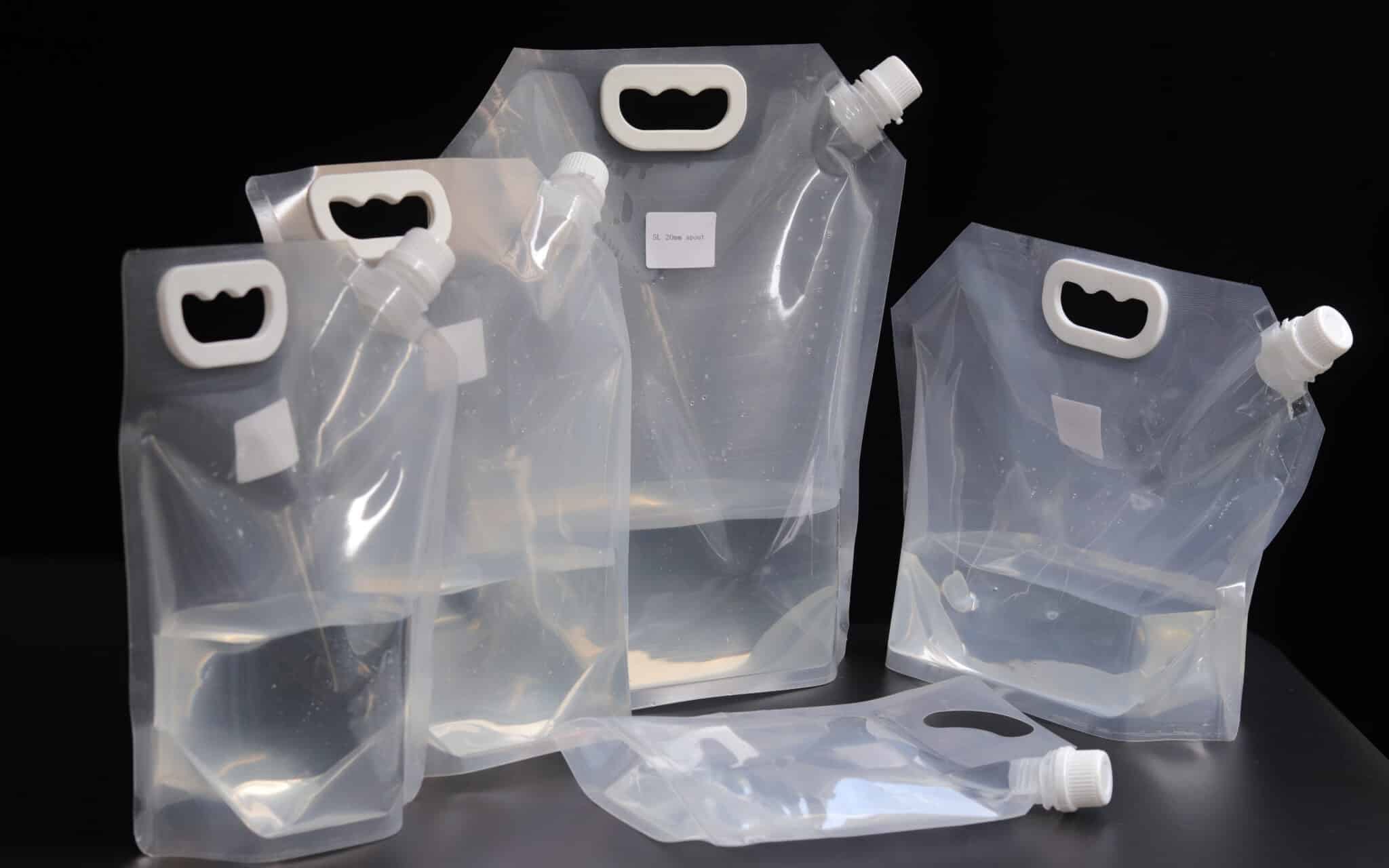Comment contrôler la sécurité des films d'emballage alimentaire?
Pour les exportateurs, expédié les aliments périssables à l'étranger, Le choix des bons films d'emballage alimentaire est crucial pour maintenir la sécurité des produits et prolonger la durée de conservation. Lors de la sélection des films d'emballage alimentaire, Gardez à l'esprit ces directives:
Utilisation de films à barrière haute:
Recherchez des films à barrière à haute barrière qui bloquent l'oxygène, humidité, et léger pour préserver la fraîcheur et éviter la contamination. Les barrières courantes comprennent l'aluminium, polyesters métallisés, et revêtements d'oxyde de silicium. Les films à haute barrière empêchent également les fuites et permettent un emballage d'atmosphère modifié. Consultez votre fournisseur de films pour identifier un film de barrière idéal pour votre type de nourriture.
Assurer les matériaux de qualité alimentaire:
Vérifiez que tous les matériaux d'emballage sont de qualité alimentaire et exempts de produits chimiques dangereux. Les films doivent être conformes à la FDA et à l'UE pour le contact alimentaire direct. Plastiques comme le polyéthylène, Le polypropylène et le PET sont couramment utilisés. Demandez à votre fournisseur de fournir des certifications de sécurité.
Vérifier les cotes de température:
Faites correspondre la cote de température du film aux exigences de votre produit. La plupart des films alimentaires fonctionnent pour un stockage glacé, tandis que des films spécialisés à haute température résistent à des processus de pasteurisation ou de rétorsion. L'utilisation du mauvais film de température peut déformer l'emballage et exposer les aliments.
Minimiser la perméabilité de l'oxygène:
Les taux de transfert d'oxygène plus faible aident à maintenir la fraîcheur. Pour les aliments riches en gras comme la viande, Les films avec une perméabilité en oxygène inférieur à 2cc / m2 / 24hr à 73 ° F aident à prévenir les rancances. Les charognards en oxygène et les emballages à vide réduisent également l'exposition à l'oxygène.
Application de l'emballage alimentaire Films
Les films d'emballage alimentaire offrent un poids léger, flexible, et barrière hautement fonctionnelle contre la contamination pour les aliments transformés et frais. Voici quelques-unes des applications les plus courantes des films d'emballage alimentaire dans différentes industries:
Collations
Chips, des noisettes, et d'autres collations croquantes utilisent généralement des films en polypropylène multicouche. Ces films ont une excellente clarté, résistance à la traction, et la résistance à la maltraitance pour maintenir la netteté. Les films BOPP métallisés fournissent également des barrières UV et d'oxygène pour les collations stables.
Viandes transformées
Les sachets à vide et les sacs à rétrécissement avec des films en polyoléfine à barrière sont idéaux pour les viandes transformées comme les saucisses et les tranches de charcuterie. Ils empêchent l'exposition à l'oxygène pour limiter l'oxydation des lipides et les saveurs raniques. Ces films adhèrent également étroitement à sceller les jus et à préserver la fraîcheur.
Fromage & Laitier
Le fromage nécessite une respiration, Films Pore Pore Pore qui restreignent la perte d'humidité tout en permettant au CO2 et à l'échange d'oxygène. Les films enduits de animaux de compagnie et de spécialité fournissent des barrières plus élevées en oxygène et en CO2 à prolonger la durée de conservation. Pour le beurre et les tartinades, Les feuilles d'aluminium bloquent l'oxygène et la lumière pour prévenir l'oxydation.
Produits frais
Les films en polyéthylène maintiennent des niveaux d'humidité optimaux et prévenir la condensation de l'humidité pour les fruits et légumes. Les films anti-buts continuent de produire des produits frais. Les films perforés équilibrent le contrôle de l'humidité avec l'échange de gaz à la respiration lente.
Aliments surgelés
Les films de polyoléfine à basse température maintiennent la flexibilité et la résistance à l'impact à des températures de congélation. Les barrières à vapeur à haute eau empêchent les brûlures du congélateur. Les films avec des punaises chaudes élevées gardent étroitement les aliments congelés scellés.

